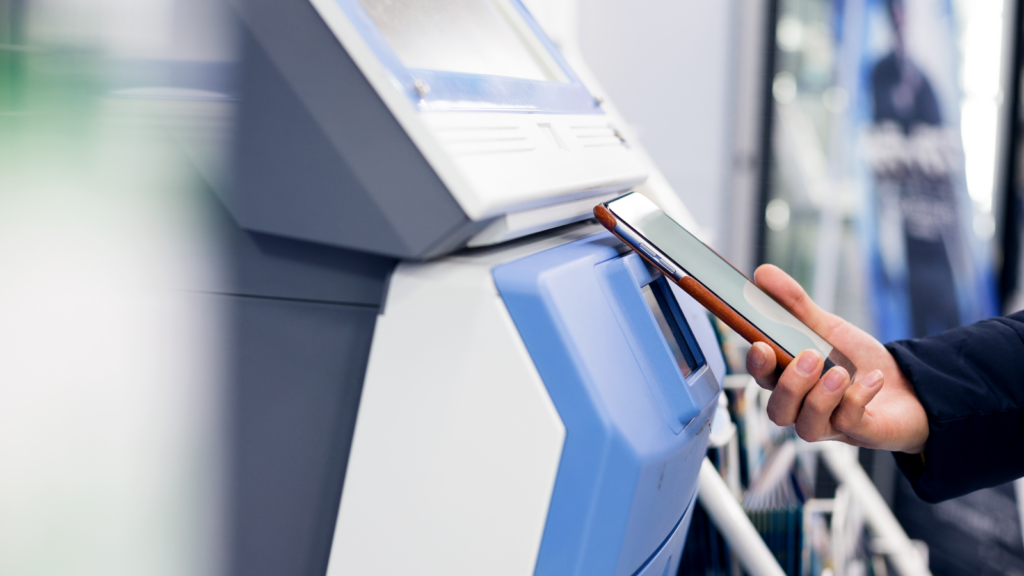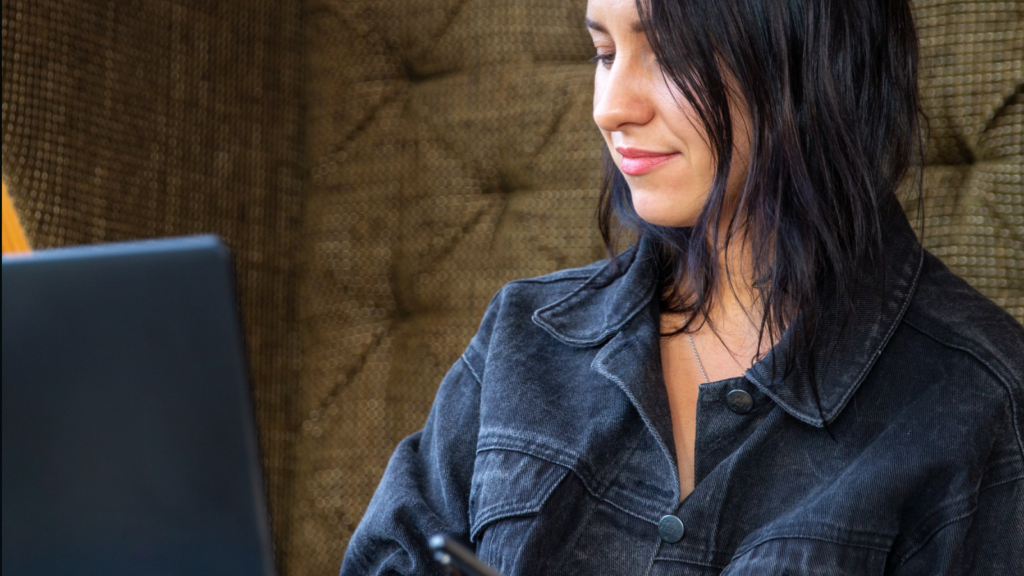Since April of this year, the pandemic has kept more than 1.6 billion children worldwide out of classrooms. The COVID-19 crisis has forced schools to rethink how they operate, educators to reimagine their practice and students to adapt and learn in new ways. With health and safety recommendations around the return to the classroom varying across the globe, virtual schooling is on the rise.
International Schools Services (ISS), a nonprofit organization that supports hundreds of international schools and thousands of educators, recently partnered with Medallia Crowdicity to launch a crowdsourcing challenge to help schools improve virtual learning. Using crowdsourcing technology and funnel methodology, ISS narrowed more than 50 entries down to six winning ideas that could help schools around the world.
“It was invigorating to watch the community engage,” said John Burns, Chief Innovation Officer at ISS. “Ideas sparked across an eclectic range of contexts that weren’t even on our radar and others that had been previously considered suddenly became fully formed. But what was most exciting was how they blossomed based on the affirmations and feedback from others. The community truly stepped up in ways we had never anticipated.”
ISS’ ability to easily capture and collaborate on ideas from multiple sources shows the power of crowdsourcing to help find innovative new solutions to complex problems.
To help all schools adapting to remote learning, here are the six winning ideas for virtual schooling:
Online family meetings
Recognizing the importance of parental involvement to student development and virtual learning, one school held online family meetings, which involved teachers, students and parents having regular, remote conversations. Family meetings helped teachers connect with students in more meaningful ways and kept parents involved in their children’s education.
The school reported a high level of participation from parents, including those who hadn’t previously participated in parent-teacher conferences. The school is now considering extending online meetings to family workshops and question-and-answer sessions, even after returning to more traditional operations.
Build Your School’s Campus in Minecraft
With learning limited to an online setting, one school found an innovative way to tap into their students gaming skills to maintain a connection to the physical school campus and local community. Using Minecraft Education Edition, students and community members came together three days a week to piece the map of the school together one Minecraft block at a time. They even researched some of the original building plans archived in the local library, but built the interior mostly from memory.
With the completed virtual replica, the school plans to host online classes, graduation ceremonies and virtual tours for prospective students and teachers, and potentially even for PR purposes and by community members to suggest renovation ideas to the physical campus. With Minecraft, the school was able to engage students and bring the community together.
Passion Projects Meet MasterClass
Students often thrive academically when they’re allowed to develop and express their creativity through music, art, dancing, photography, writing or other passion projects. One school’s idea is to go beyond a project and build an entire curriculum that empowers students to explore their passions virtually. Students could learn remotely from curated expert videos and assignments and then connect with experts and mentors using video conferencing technology. They could also connect with other students pursuing similar interests.
An online portal or shared bank of MasterClass-style videos from experts around the world could allow schools to easily connect students and experts and pool resources.
Virtual Field Trips
Students living in remote areas can already feel isolated from the world, but even more so while sheltering in place. Schools in more populated areas are now facing some of those same feelings with remote learning.
A school in Aruba launched virtual field trips and has “visited” the International Space Station, the Seattle Aquarium, the San Diego Zoo, and connected live with a geologist at the Grand Canyon and a biologist at the Rocky Mountains. To make it more real, the students even dressed up for the field trips, and brought snorkeling gear to the virtual aquarium visit.
The Center for Interactive Learning and Collaboration (CILC) provides several opportunities for global learning and helped the school visit those places for free. The school’s idea is to create a platform that would allow teachers from all over to collaborate and share their best and most affordable virtual trips and how they applied them to learning. This would enable more students the ability to explore the world, make global connections and learn from experts.
Online New Faculty Orientation Course
Virtual classes can be an excellent place for new faculty to acclimate to their jobs and get the professional and social support they need before that big first day. In collaboration with the Global Online Academy (GOA), an American school in India piloted a four-week online new faculty orientation course. The purpose of the orientation was to connect new and current faculty, familiarize new hires with GOA’s teaching principles and guide a more successful transition to the job and life in India.
The orientation allowed teachers new to not only the school, but country, to learn about the culture and connect with their peers. Although ideal for teachers transitioning to new countries and cultures, this type of approach could be valuable for any school hiring new teachers in a remote environment.
Ignite Day – Virtually
Investing in a student’s future means facilitating a well-rounded experience that extends beyond core academics. One school already had a program called Ignite Day that gave students and teachers a chance to spend unstructured time exploring a personal interest during school. But as the school moved to virtual learning, Ignite Day became even more important.
Every Tuesday has become Virtual Ignite Day and provides time for students to learn something new or spend time doing something they love. It gives students, parents and teachers a break from the regular schedule and traditional subjects and helps reduce screen time. The school is now exploring ways to expand the program with modular units of study and even considering having students teach other students if they have shared interests.
Crowdsourcing New Solutions
Crowdsourcing can be one of the most effective ways to find solutions to new or challenging problems — like the complete upheaval of the traditional educational system over the past several months. Instead of relying solely on experts, schools were able to seek input from the students and teachers who are closest to the very problems they want to solve. Crowdsourcing has been used in similar ways to help governments, nonprofits and the healthcare industry during the pandemic.
“Innovation is key, especially now with schools figuring out for the first time how to do distance and hybrid learning,” said Heather Jin, Medallia’s Global Head of Social Impact. “No one has all the answers, but people are eager to share their learnings. That’s why ISS used Crowdicity — to share learnings from teachers at ISS schools around the world. Medallia and ISS are partnering to share these learnings broadly — so all schools can provide a better student experience.”
Learn more about how you can crowdsource new and innovative solutions with Crowdicity.
Learn More







